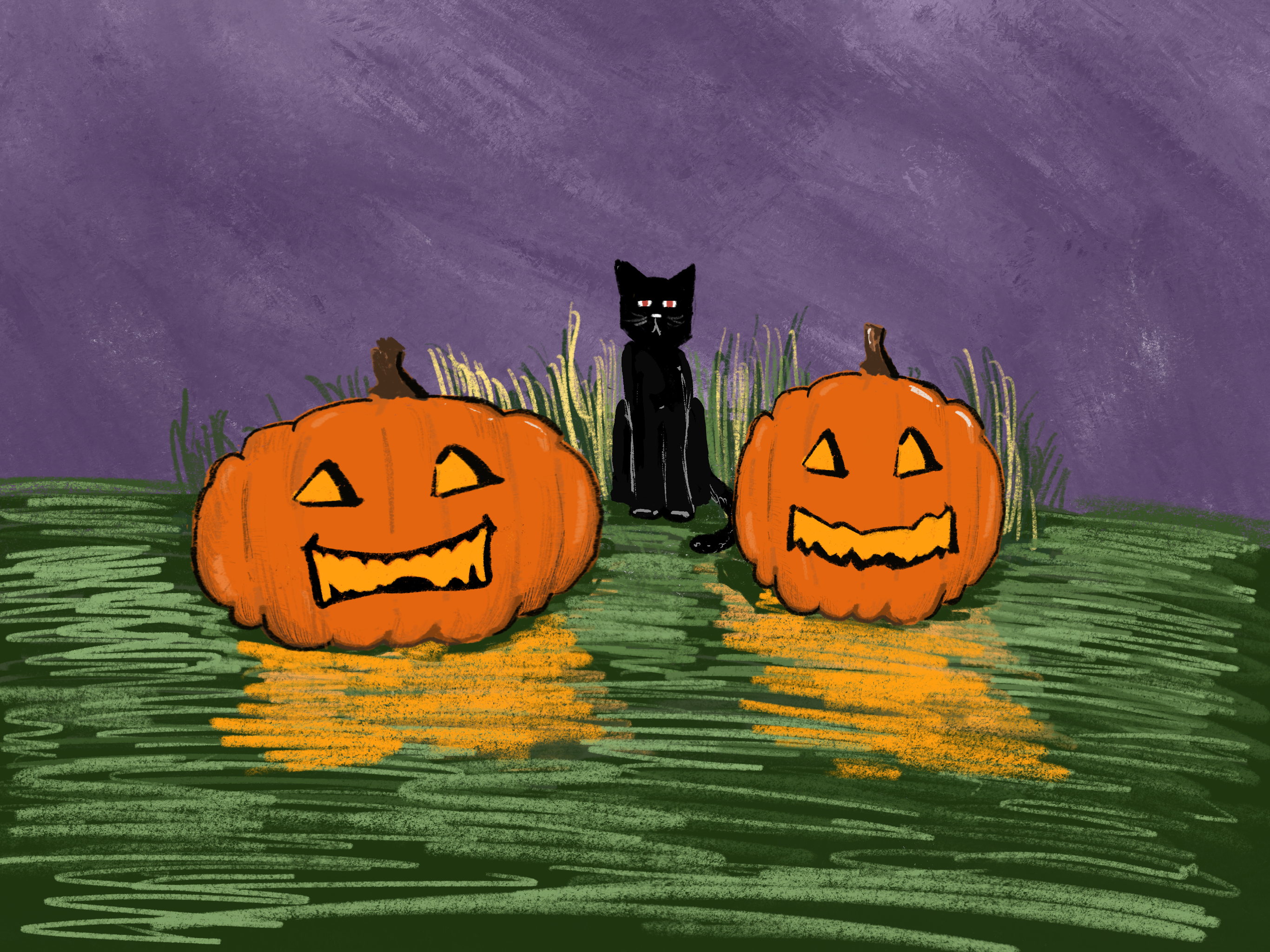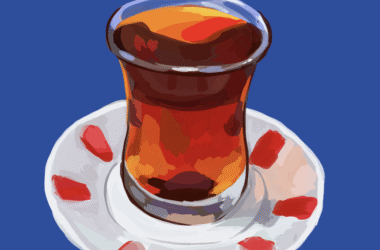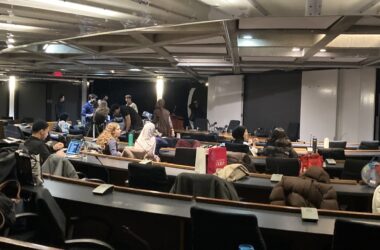On certain nights, when the odd moon glows pale and crooked over campus, McGill is an impossibly-held breath of swallowed light. In a certain Burnside basement lie the remnants of something remarkably gruesome: The dark undertow of a winding tunnel that seems too narrow, a labyrinthine corridor folding in on itself, a lung collapsing under its own weight.
It is the hall with eyes, a series of miraculous misgivings—something seven feet tall which stalks on its hind legs and does not wish to be seen. Footsteps trail no fewer than five steps behind you; it is faster, smarter, hungrier than you—a violent warning that if you can hear it, it has already heard you. Counting down from 10 like a game of hide and seek, it is a church bell chiming, marking its own hour of death. Drawn tight like a curtain, the route promises passage to Otto Maass. How tragically human that we are so often proven poor liars—prone to promises we cannot keep, prone to keeping things that aren’t ours. Time remembers a naive freshman who wandered down this passage to nowhere.
Some student encounters blend mundanity with the uncanny. In an interview with The Tribune, Cedric Phillips, U3 Science, reported a bizarre incident in the Islamic Studies Library which defies explanation; over the course of an hour, three books tumbled from the shelves without warning.
“No one was even near the shelves. It was sort of a sanity check for me,” he said. “Whatever it is either really hates me or really hates undergrads.”
Ominous flickering lights have been reported in other corners of campus.
Linc Ketchate, U3 Engineering, recounted eerie lights in the Trottier basement and Arts building in an interview with //The Tribune//. “As soon as it gets dark out, there’s something creepy happening in there, and it’s not just BdA.”
Ketchate suggests that these experiences may be shaped by the collective anxieties that define student life, highlighting the constant stress to perform, particularly during midterm season and amid external pressures such as the STM strike, which make familiar spaces feel hostile and almost otherworldly.
With many students coming from abroad or leaving home for the first time, university life can be a profoundly isolating experience. For Layla Issa, U2 Arts, this loneliness became especially tangible during reading week. While her friends returned home to see their families, she stayed behind, studying late into the night on the second floor of McLennan Library. It was there, she recalled in an interview with The Tribune, lights blinked out—leaving students literally and figuratively in the dark.
“When the lights went out and everyone looked up at the same time it was like this weird moment of camaraderie,” she says.
Jasmine Ma, U3 Arts, showcased her psychology background in an interview with The Tribune about McGill’s haunted nature. “As the dark is coming in and the days get shorter, it’s unsurprising that the brain can play tricks on us in this kind of collective psychosis.”
In an interview with The Tribune, Nesrine Yala, U1 Arts, reflected on the bonds that shared fright forges in a cultural context.
“Ghost stories often bring people together. Even though they’re about something negative or scary, fear, injustice, they create a sense of community.”
For Issa, the experience became less about fear and more about empathy.
“Some things can’t always be explained, I’m not sure if I believe in the paranormal but I believe in energies. That’s where empathy comes out. It’s through these lived experiences that McGill shares a common heart.”
It is unclear whether McGill’s ghosts are real or imagined—if the shadow slipping through Burnside’s tunnels is born of memory, or the anxiety of midterm all-nighters. But what remains is undeniable: The strange pulse of something unspoken, which breathes new light into the university’s collective imagination.







